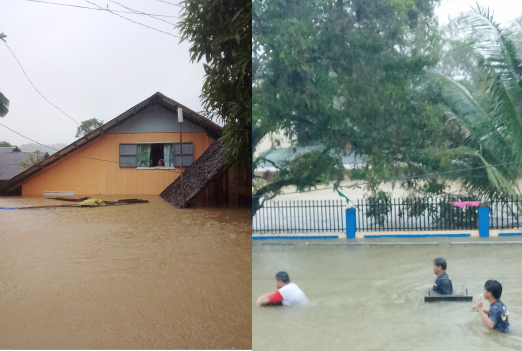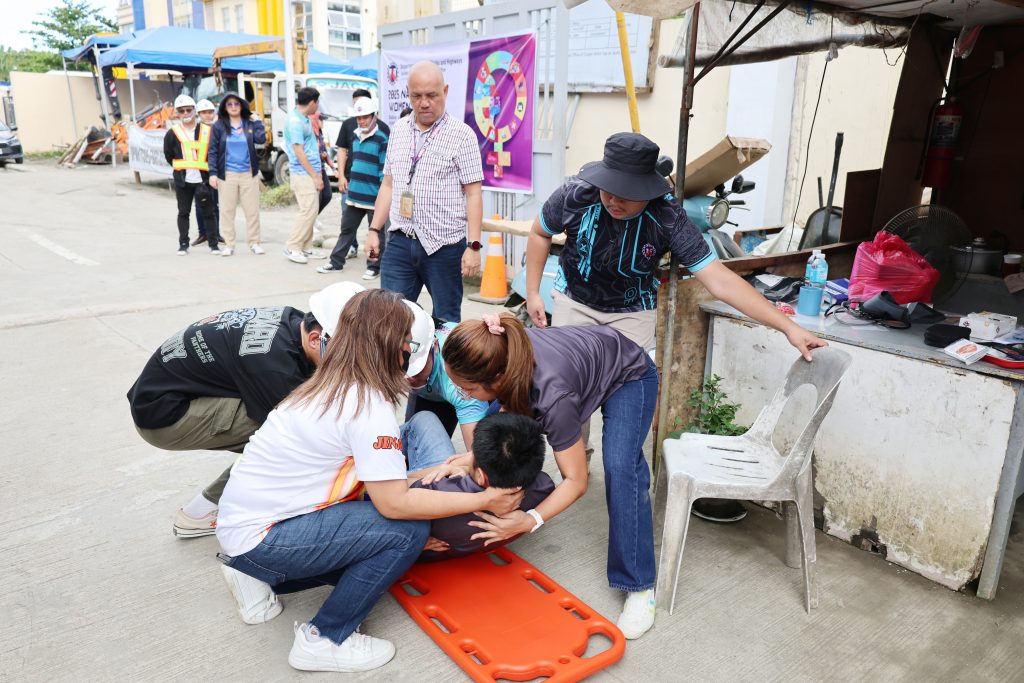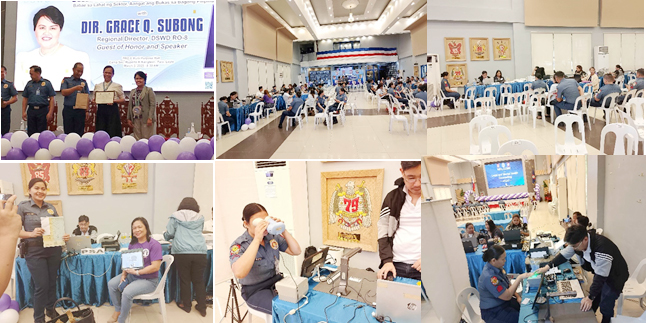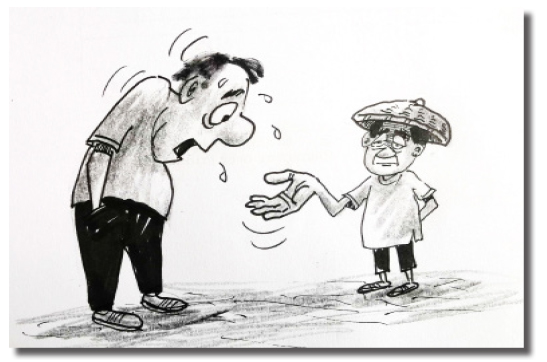
It seems that everywhere I turn these days, division and conflict are inescapable. From politics to religion, sports to the arts, it feels like we can no longer discuss any topic without it devolving into an argument. While differences of opinion are natural, the level of divisiveness we are experiencing today is not only unhealthy but counterproductive. We need to find ways to engage in discussions without allowing our differences to tear us apart.
I’ve noticed this growing tension in political discussions. Whenever the topic of government, elections, or leadership comes up, conversations quickly become charged with emotion. I’ve been part of debates where people stopped listening to each other, opting instead to defend their side with increasing hostility. It seems that the middle ground has been lost, and people would rather prove a point than understand where the other side is coming from. This deeply concerns me because, without dialogue, how can we hope to solve the complex issues that plague society? If we can’t talk without shouting, then we’re at a standstill.
Religion is another area that has become highly divisive. I’ve seen it firsthand in discussions about beliefs, spirituality, and faith practices. Instead of fostering mutual respect, conversations often morph into a battleground of “who is right” and “who is wrong.” While I respect the passion that faith can inspire, I also believe that it’s possible to have different beliefs without imposing them on others. In my view, the point of religion should be to unite people under shared values of compassion and kindness, not to drive wedges between us.
The sports world isn’t exempt from this divisiveness either. Take any major league event or even local sports discussions, and you’ll see fans who are so invested in their teams that they treat opposing views as personal attacks. I’ve been to games where fans were more interested in belittling each other than in enjoying the sport itself. This culture of “us versus them” is not only toxic but it ruins the joy and camaraderie that sports are supposed to foster. Sports should bring people together, but we’ve turned them into another arena for division.
Even in the arts, where creativity should reign supreme, division seems to be the norm. Whether it’s movies, music, or visual art, people are quick to judge and dismiss anything that doesn’t fit their particular tastes. I’ve had conversations with people who feel that their favorite artist, film director, or musician is the only legitimate one, disregarding the merit of others’ preferences. Art is subjective by nature, yet we’ve turned it into another battlefield where one’s choice is seen as superior to another’s, creating yet another layer of unnecessary conflict.
What strikes me the most is how these divisions reflect a deeper unwillingness to see the world through someone else’s eyes. I’ve caught myself, at times, being defensive over my opinions, but when I step back, I realize that this defensiveness comes from the fear of being misunderstood, not from a lack of belief in my viewpoint. In reality, the more I listen to others, the more I realize that our differences are not always so vast. Often, it’s our approach to the conversation that makes it seem that way.
In my opinion, we need to change the way we approach disagreements. I’ve found that when I go into a conversation with an open mind, looking to learn rather than to prove a point, the dialogue shifts. It’s not about giving up my beliefs, but rather about recognizing that others’ experiences have shaped their opinions too. I believe that this simple shift in mindset—one that prioritizes understanding over arguing—could make a significant difference in how we handle divisiveness.
At the end of the day, we all want to feel heard and respected, and that requires both speaking up and listening. In my experience, the more I invest in understanding where someone is coming from, the more fruitful and meaningful the conversation becomes. We need to embrace the idea that disagreements don’t have to be destructive. They can be constructive, allowing us to learn and grow in ways we might not expect.
In the process, we are losing our ability to have meaningful conversations because we’re so focused on defending our own positions. The best way to address this is to cultivate an attitude of empathy, respect, and openness in every discussion. It’s not about winning arguments, but about enriching our perspectives through dialogue. If we can learn to embrace our differences without letting them divide us, we will find ourselves in a much better place.







